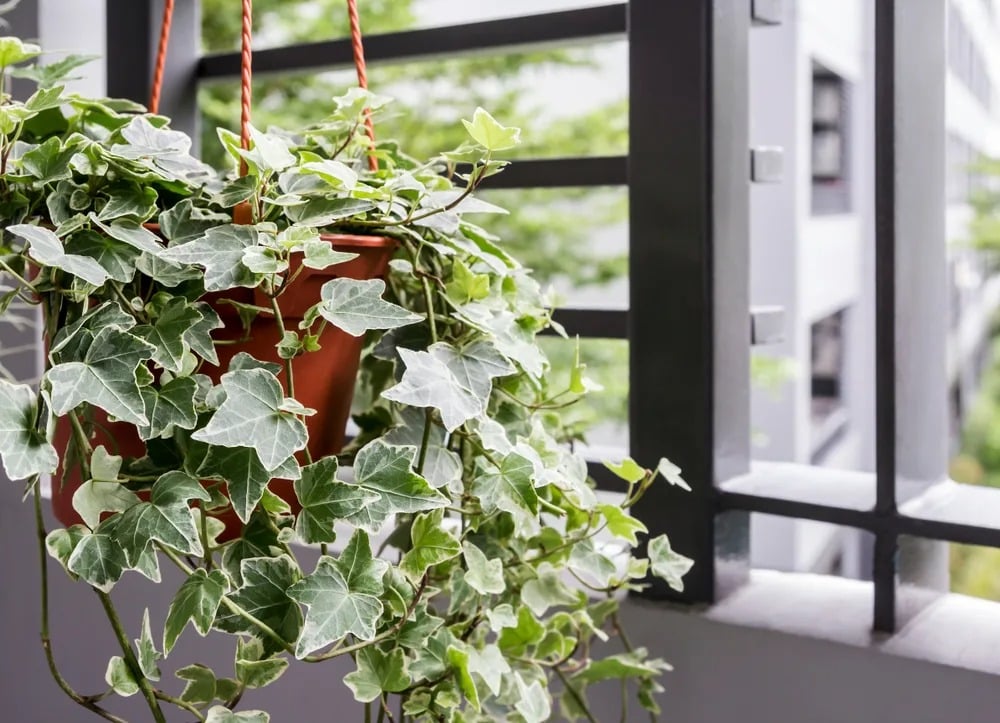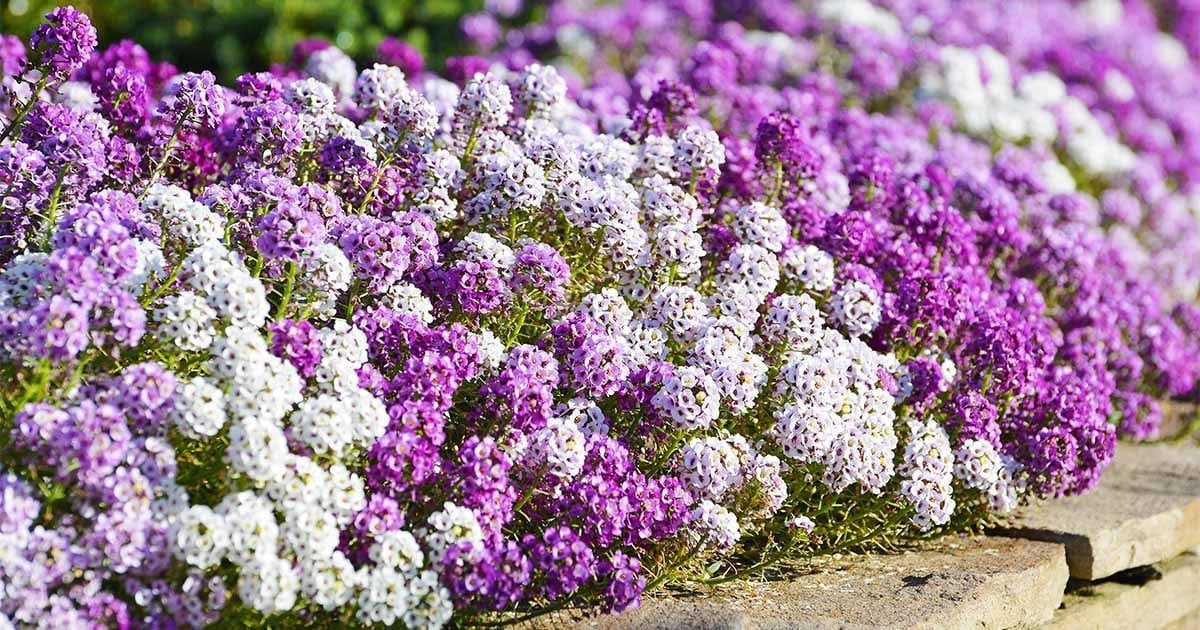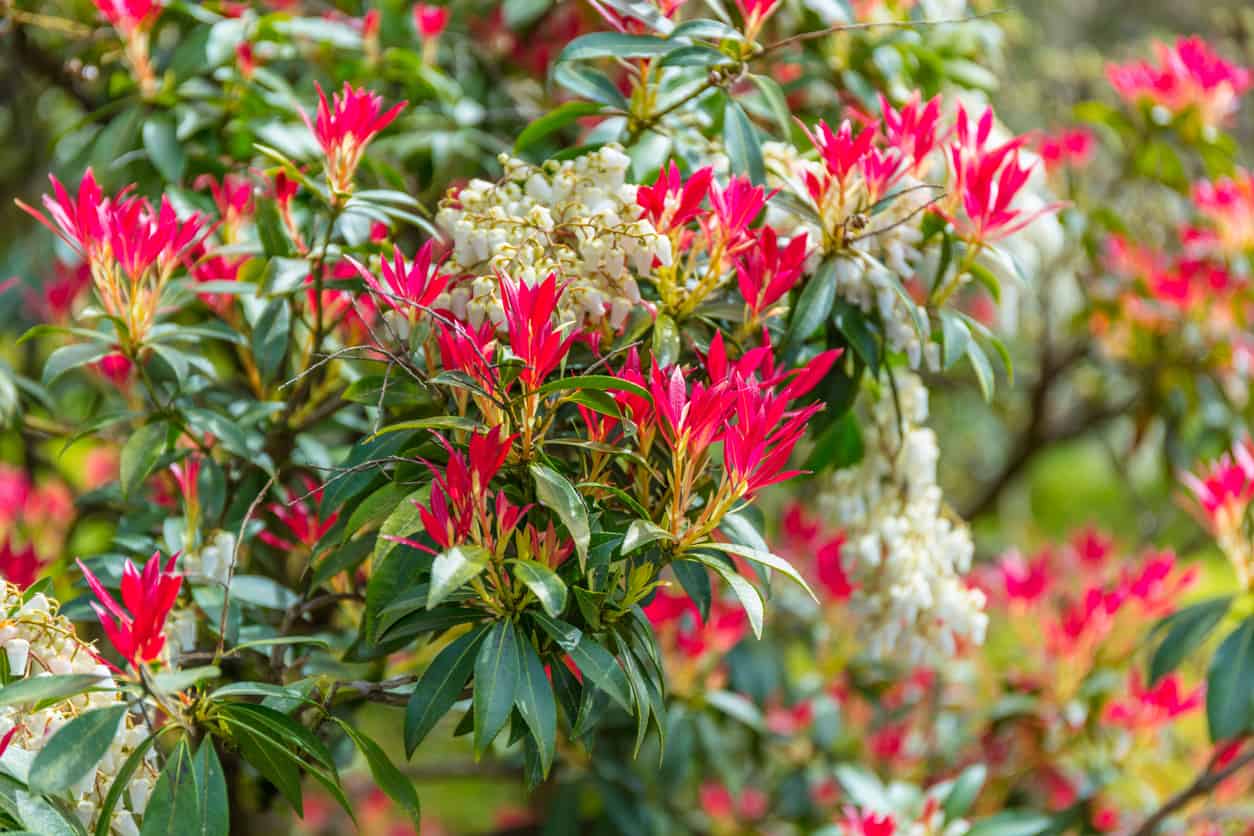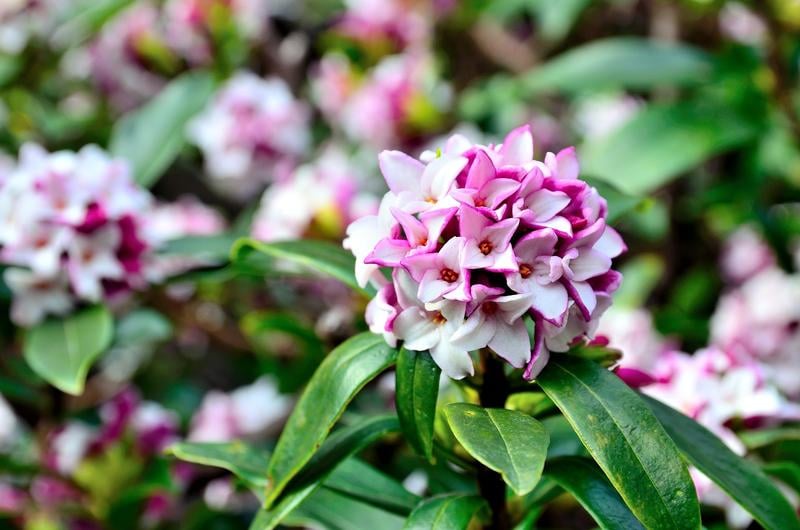Tips for Growing and Caring for Calibrachoa ‘Million Bells’

Table of Contents
Calibrachoa ‘Million Bells’ is a popular and versatile flowering plant that belongs to the Solanaceae family. This plant is known for its small petunia-like flowers that bloom in a wide range of colours, including white, red, purple, and pink.
Growing Calibrachoa ‘Million Bells’ is important for several reasons. Firstly, it is an excellent addition to any garden or landscape due to its vibrant colours and long blooming period, which typically lasts from spring until frost. Secondly, it is a hardy plant that can withstand a range of weather conditions and is resistant to most pests and diseases. Finally, it is easy to grow and maintain, making it an ideal choice for busy gardeners.
The purpose of this article is to provide a comprehensive overview of how to grow Calibrachoa. It will cover everything from choosing the right location and soil to planting, watering, fertilizing, and pruning, so stay tuned!
Right Growing Conditions for Million Bells
Calibrachoa ‘Million Bells’ is a popular flowering plant known for its cascading blooms and vibrant colours. It is a versatile plant that can be grown in containers or as ground cover in a variety of settings. To achieve the best results with this plant, it is important to provide it with the right growing conditions. Here, we will discuss the five key factors that need to be considered when growing Million Bells- soil, light, temperature, watering, and fertiliser.
1. Soil Requirements

Calibrachoa prefers well-draining soil that is rich in organic matter. The ideal pH range for this plant is between 5 and 6.5. The soil should be loose and crumbly, allowing for good air circulation and water drainage. If you are growing this plant in a container, use a high-quality potting mix that is specifically designed for flowering plants. Adding perlite or sand to the soil mix can improve drainage and prevent the roots from becoming waterlogged.
2. Proper Sunlight for Plant Growth

Calibrachoa requires full sun to partial shade to thrive. In areas with hot summers, it is best to provide some afternoon shade to protect the plant from the intense heat. If you are growing this plant indoors, place it near a place that receives plenty of sunlight. In low-light conditions, the plant may become leggy and produce fewer blooms. Therefore, it is important to ensure that the plant receives adequate light.
3. Right Temperature
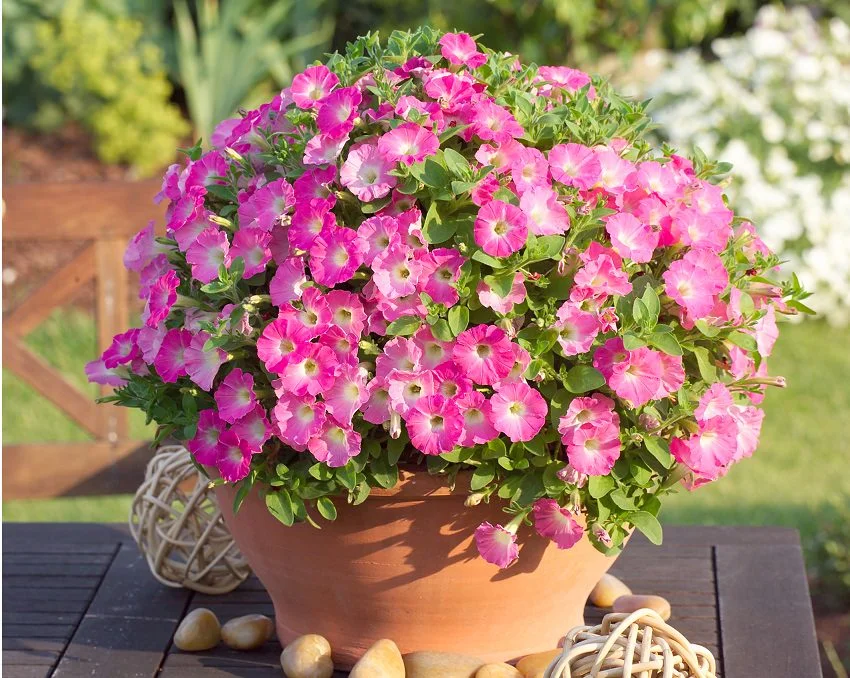
Calibrachoa ‘Million Bells’ is a warm-weather plant that prefers temperatures between 65 and 75 degrees Fahrenheit during the day and between 55 and 65 degrees Fahrenheit at night. In colder climates, the plant should be grown as an annual or in a container that can be brought indoors during the winter months. In areas with hot summers, the plant may benefit from some shade to protect it from the heat.
4. Watering Requirements
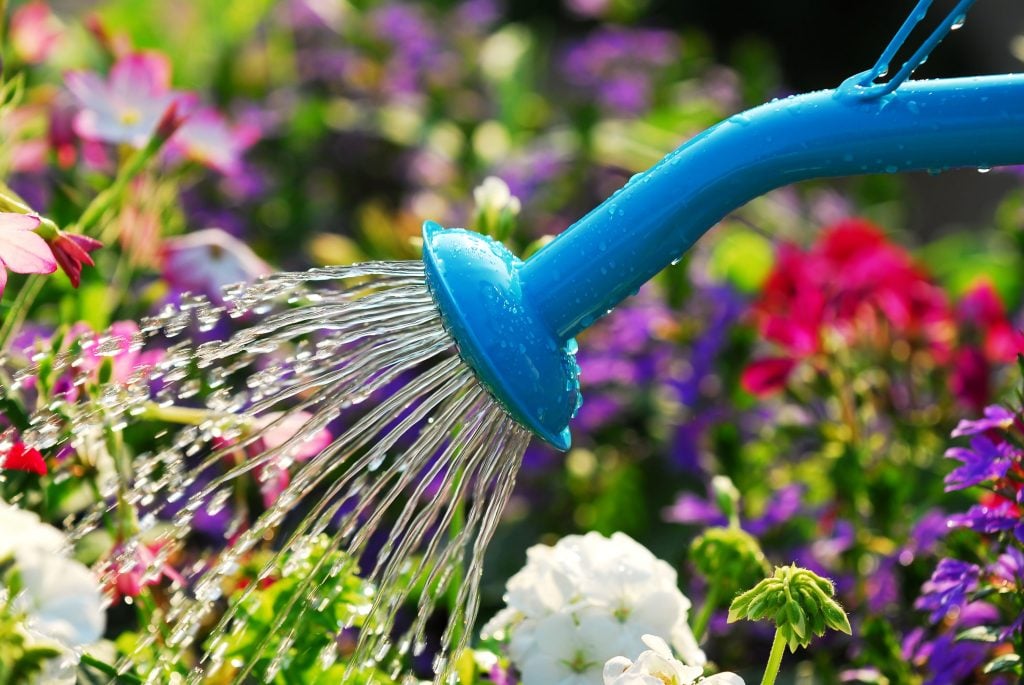
Calibrachoa ‘Million Bells’ requires regular watering to keep the soil moist but not waterlogged. The plant should be watered deeply once or twice a week, depending on the weather conditions. In hot weather, the plant may require more frequent watering. It is important to avoid getting water on the leaves and flowers as this can lead to fungal diseases. To prevent this, water the plant at the base and use a drip tray to catch any excess water.
5. Applying Balanced Fertiliser

Calibrachoa is a heavy feeder that requires regular fertilisation to produce abundant blooms. Use a balanced fertiliser with an NPK ratio of 10-10-10 or 20-20-20 every two weeks during the growing season. In addition to regular fertilisation, the plant can benefit from the application of a slow-release fertiliser at the beginning of the growing season. Be sure to follow the manufacturer’s instructions when applying fertiliser to avoid overfeeding the plant.
Preparing for Planting Calibrachoa ‘Million Bells’

Preparation for planting Calibrachoa ‘Million Bells’ involves choosing the right location with plenty of sunlight, preparing the soil with organic matter, and purchasing quality plants.
Here are some useful tips for ensuring the successful planting of Calibrachoa.
- Choosing the right location: Calibrachoa thrives in full sun but can also tolerate some partial shade. When choosing a location, make sure the plant receives at least 6 to 8 hours of sunlight every day. Avoid areas that are prone to strong winds or that have poor drainage, as these can damage delicate flowers and roots.
- Preparing the soil: Calibrachoa prefers well-drained soil that is rich in organic matter. Before planting, work in compost or other organic materials to improve soil quality. If the soil is heavy or poorly drained, consider planting in raised beds or containers to ensure adequate drainage.
- Purchasing quality plants: When buying Calibrachoa, choose healthy plants with strong stems and green foliage. Check for signs of disease or pests, such as spider mites or powdery mildew, before buying.
Different Planting Methods of ‘Million Bells’

Planting Calibrachoa ‘Million Bells’ is relatively easy and straightforward. Plant it in well-drained soil in a sunny location. Space them properly and water them deeply and regularly. Fertilise every 2 to 3 weeks with a balanced fertiliser and regularly prune to promote bushy growth and abundant blooms.
1. When to Plant ‘Million Bells’
Calibrachoa is a warm-season plant and should be planted after the last frost date in your area. It is typically planted in spring or early summer when the soil has warmed up, and the threat of frost has passed. In warmer climates, it can be planted in fall.
2. Planting Depth and Spacing
When planting a Million Bells, make sure to plant them at the same depth they were in their original container. Planting too deep can lead to lead to stem rot. Space them 6 to 12 inches apart to allow for adequate air circulation and to prevent overcrowding.
3. Pruning Requirements for Proper Growth of ‘Million Bells’
Calibrachoa benefits from regular pruning to promote proper growth and continuous blooming. Pinch back the tips of the stems every few weeks to encourage branching and prevent leggy growth. You can also trim back the entire plant by about one-third in mid-summer to promote a fresh flush of growths and blooms. Calibrachoa ‘Million Bells’, being a self-cleaning plant, doesn’t require deadheading.
Pest and Diseases in Calibrachoa ‘Million Bells’
Million Bells are known for their brightly coloured flowers and long-time bloom. However, they can be susceptible to pests and diseases. These pests and diseases can damage or kill the plant if not treated. Here, we will discuss how to identify and control common pests and diseases that can affect your Million Bells.
1. Common Pests and Diseases
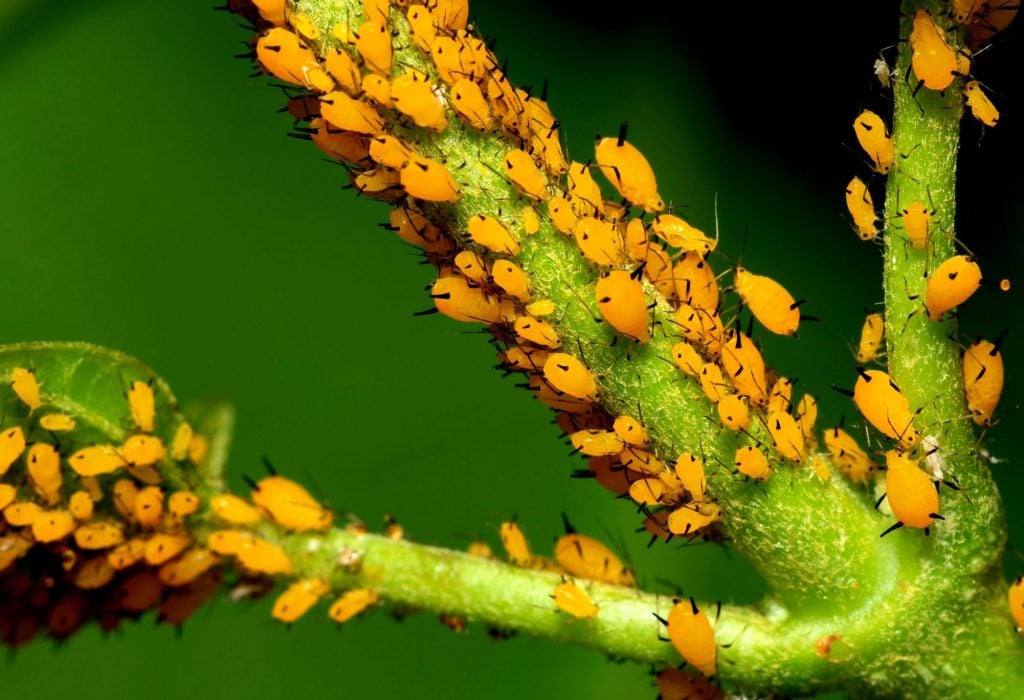
Some of the common pests and diseases are listed below.
Aphids: These tiny insects can be found in large numbers on the underside of leaves and can cause damage by sucking the sap from the plant. They can also spread diseases from plant to plant.
Spider Mites: These are small, spider-like pests that can damage the plant by sucking the sap from the leaves, causing them to turn yellow and fall off.
Botrytis blight: This is a fungal disease that can cause the plant to wilt, wither, and die. It thrives in humid conditions and can spread quickly through the plant if left untreated.
2. Symptoms to Look Out For
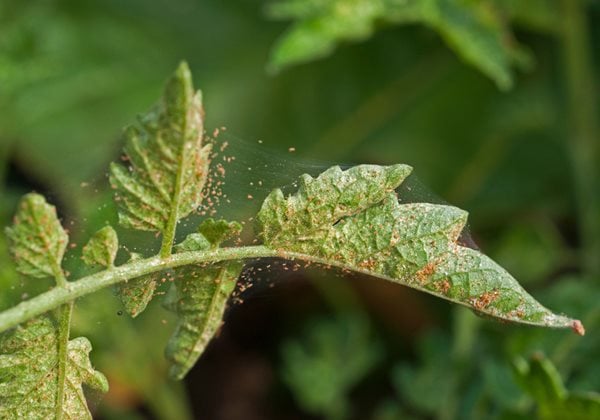
When your Million Bells get infested by pests and diseases, there are certain symptoms to look out for. When your plant is infested by aphids, you may notice a sticky substance on the leaves, which is honeydew, a by-product of aphids. When your plant is infested by spider mites, you may notice webbing on the plant, and the leaves may appear yellow. When your plant is infested by botrytis blight, you may notice brown spots on the leaves and flowers, and the plant may appear wilted or withered.
3. Treatment Options
After finding that your Million bells have been infested by pests and diseases, you can look for certain treatment options for your plants.
For Aphids: You can spray the plant with insecticidal soap or neem oil to kill the aphids. You can also introduce natural predators like ladybugs to control the aphid population.
For Spider Mites: You can spray the plant with a strong stream of water to knock off the mites, or you can use a miticide to kill them. You can also introduce natural predators like predatory mites to control the spider mite population.
For Botrytis blight: You should remove any infected plant parts immediately and dispose of them properly. You can also spray the plant with a fungicide to prevent the disease from spreading.
Harvesting and Saving Seeds
Harvesting and saving seeds of Calibrachoa ‘Million Bells’ is an essential practice. It helps to maintain a constant supply of their favourite plant species. If you’re interested in growing Calibrachoa ‘Million Bells’ in your garden, here’s how to harvest and save the seeds.
1. Harvesting Calibrachoa ‘Million Bells’
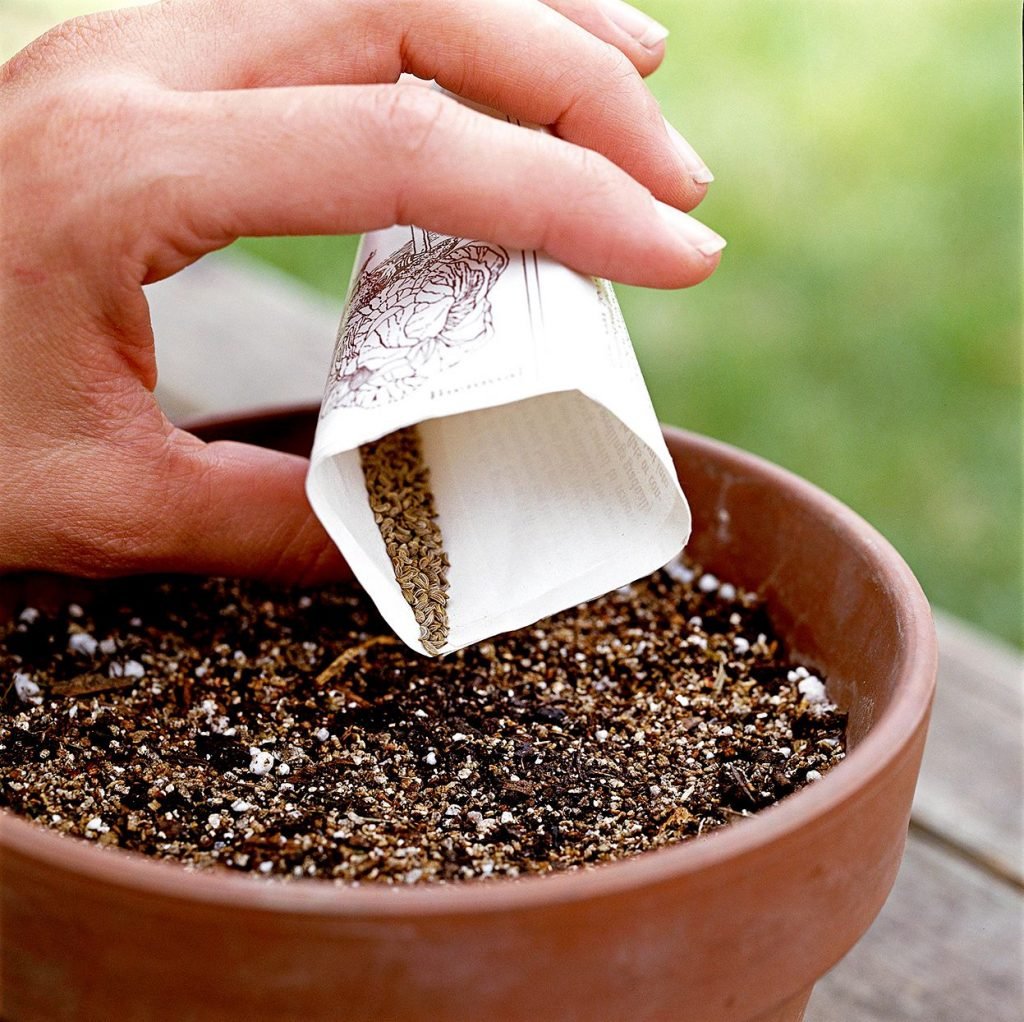
The best time to harvest Calibrachoa ‘Million Bells’ seeds is in the autumn after the flowers have bloomed and started to fade. Look for seedpods that have turned brown and dried out. Gently pull the pods off the plant and collect them in a paper bag or envelope. You can also shake the pods gently to release the seeds.
2. Storing the Seeds
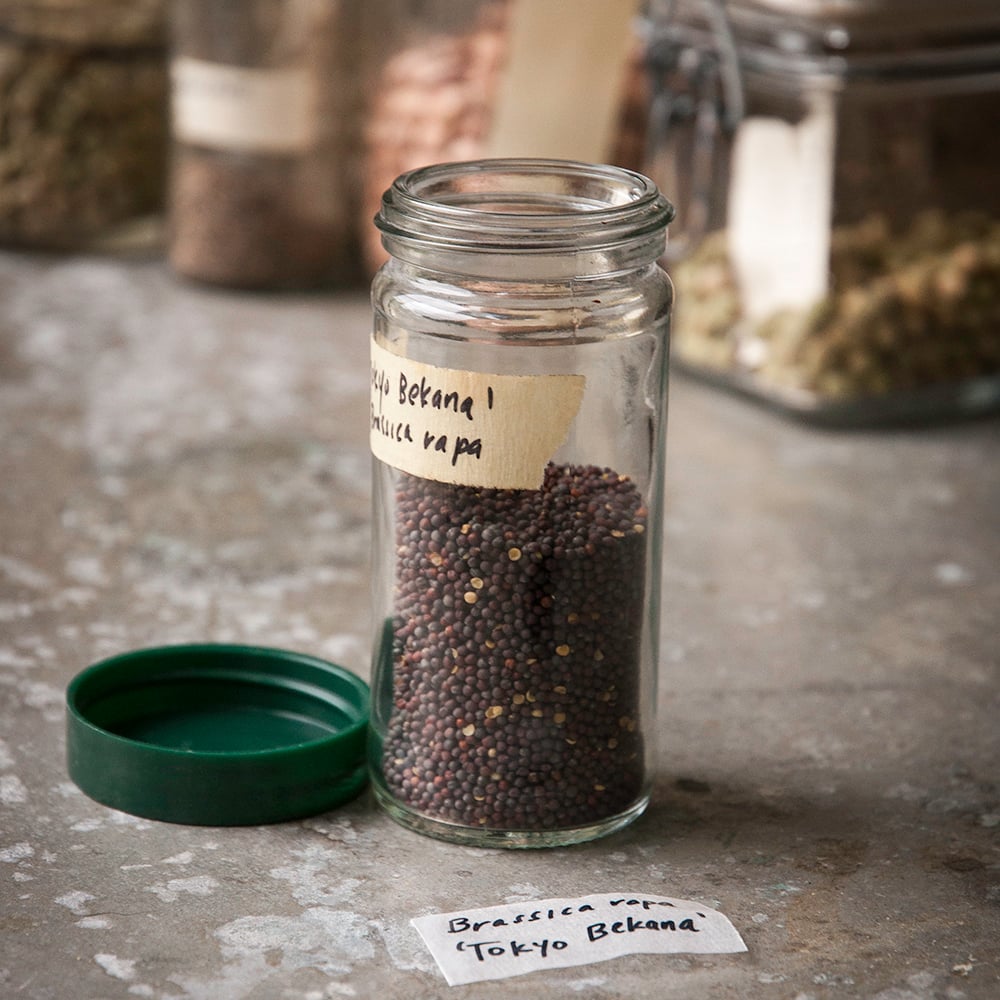
Once you’ve harvested the Calibrachoa ‘Million Bells’ seeds, it’s essential to store them properly to ensure their viability. Place the seeds in an airtight container, such as a glass jar or plastic bag, and store them in a cool, dry place. Make sure to label the container with the plant species, date of harvest, and any other relevant information.
‘Million Bells’: A Beautiful Addition to Your Garden
All in all, growing Calibrachoa ‘Million Bells’ is a rewarding experience for any gardener. The key takeaways from this article include understanding the plant’s requirements, preparing for planting, proper planting techniques, maintaining the plant’s health, and harvesting and saving seeds.
Final tips for success include ensuring that the plant receives proper nutrition, avoiding overwatering, and providing support for trailing varieties. Additionally, container gardening can be a great option for those with limited space or those who want to move their plants around for optimal sunlight exposure.
Overall, growing Calibrachoa ‘Million Bells’ is a fun and fulfilling experience that can bring beauty to any garden. With proper care and attention, this plant can thrive and produce a bountiful display of colourful blooms throughout the growing season.
Frequently Asked Questions (FAQs)
Where Does Calibrachoa Grow Best?
Calibrachoa ‘Million Bells’ grows best in full sun to partial shade and well-drained soil. It is important to choose a location that receives at least 6 to 8 hours of direct sunlight per day for optimal growth and blooming. Calibrachoa can tolerate a range of soil types, but it prefers moist, fertile soil that is slightly acidic.
What Is the Best Fertilizer for Calibrachoa?
The best fertiliser for Calibrachoa ‘Million Bells’ is a balanced, water-soluble fertiliser with an N-P-K ratio of 20-20-20 or 10-10-10. It is important to follow the manufacturer’s instructions for application rates and frequency, as over-fertilising can lead to excessive foliage growth and reduced blooming.
Do Million Bells Like a Lot of Sun?
Calibrachoa ‘Million Bells’ prefers full sun to partial shade for optimal growth and blooming. It is recommended to place the plant in a location that receives at least 6 to 8 hours of direct sunlight per day. In areas with hot summers, some afternoon shade can help prevent heat stress. Insufficient sunlight can result in reduced blooming and stunted growth, so it is important to ensure the plant receives enough sun.

